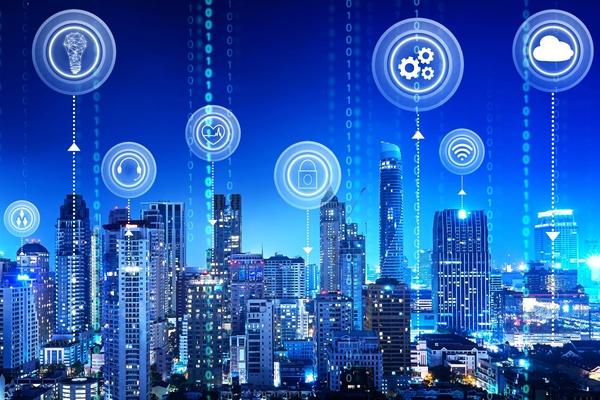At the recent UN Climate Change Conference of the Parties (Cop26) in Glasgow, the renewed global commitment to tackle climate change was accompanied by a palpable sense of fresh urgency. How do we turn these pledges into real change with impact that starts today?
Owning a vision and a well-articulated plan may be an essential starting point, yet more than ever, quick wins are needed, too. There should be available means to reduce the carbon footprint of everyday life and improving the quality of lives of citizens and communities promptly, if not immediately.
In the context of sustainable planning for cities, it is particularly important that action is taken swiftly by taking into account the present, given that many climate and sustainability plans are currently set for delivery within the next 10 to 20 years.
Climate urgency and Covid-19
The Covid-19 pandemic has added new pressure to the sustainability agenda. Repeated lockdowns, the closure of workplaces, restrictions on transport, and disruptions to business-as-usual have shone a new perspective on the inadequate continuity provisions by cities and businesses.
The pandemic has shifted people’s priorities, too. The reduction of industry activity and traffic flow saw air and water quality improving, and nature thriving. Many people discovered a new quality of life, freed from rigid office hours and punishing commutes. Some started to actively invest in their outdoor spaces, or made a more permanent move away from densely-populated conurbations. Others resolved to work from home as much as possible in future.

As city and business planners review their sustainability strategies in the light of these changes, a number of challenges emerges. These include concerns whether operational costs may rise, new goals to set, and incorporating sustainability metrics to gauge the success of their action plans. A mindset change is needed too, if city planners and businesses are to fulfil growing public expectations that sustainability planning will become a prominent feature of their agenda, and be visible in everyday decisions and actions.
The good news is that while ‘greening’ businesses, infrastructure and services may incur an initial investment, over time more sustainable operations and practices will give rise to greater savings. At the same time, proactive organisations can expect their brand reputation to improve as they are seen to be doing the right thing in supporting the global fight against climate change.
Ways in which technology can bring immediate relief
When resources such as energy, transport capacity, lighting, building space and even waste processing are not optimised and managed efficiently, cities and businesses miss the chance to reduce their carbon emissions and improve resilience.
ST Engineering’s Urban Solutions business provides a suite of smart city solutions that includes Smart Street Lighting, Smart Lift Monitoring, Smart Waste Monitoring, Smart Mobility and Net-Zero Smart Building Suite solutions. Through these smart digital innovations, the global technology, defence and engineering group helps businesses and city service providers around the world to advance their sustainability goals.
Smart lighting management
As lighting accounts for the largest proportion of a building’s total electricity use (up to 40 per cent), smart lighting control plays an important role in energy conservation. This is why an increasing number of city planners are investing in smart lighting management systems such as ST Engineering’s AGIL Smart Lighting solution which harnesses smart sensors, IoT, data analytics and cloud computing to optimise lighting efficiency, reducing energy consumption by up to two-thirds while predicting potential faults for proactive maintenance and providing better security and visibility to residents.









